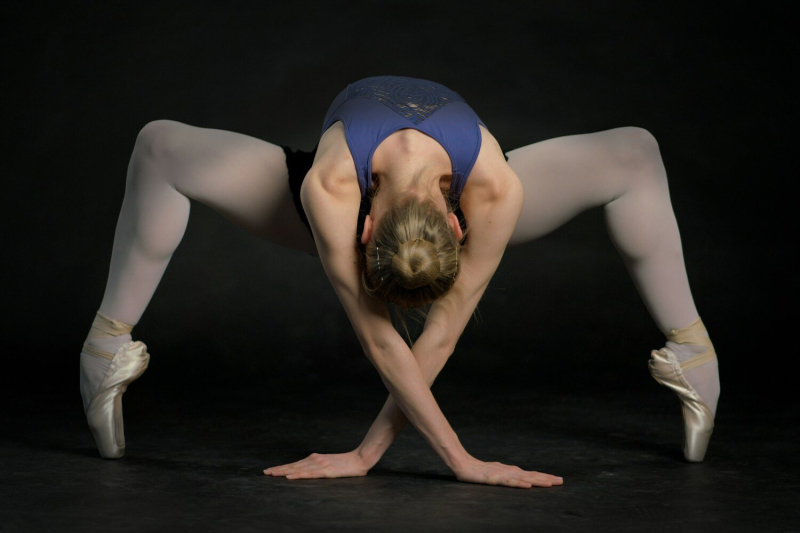
© Petr Ruzicka/Unsplash
The 2024 Olympics have finally started in Paris July 26. High-flying sporting competition par excellence, it is here that the Olympic medals, ultimate symbols of physical perfection, crown athletes with bodies sculpted by intensive training. But what about the master organ that orchestrates these feats: the brain?
Recent studies highlight the essential role that cerebral particularities could play in the extraordinary performances of these elite athletes. Let's dive into the scientific discoveries that lift the veil on the neural mechanisms of Olympic champions.
Hyper-reactive brains to sound stimuli
These top-level athletes are distinguished by a remarkable ability to filter out sound parasites. A 2019 cross-sectional study by researchers at Northwestern University found that elite collegiate athletes have increased brain responsiveness to auditory stimuli compared to their age- and gender-matched non-athlete counterparts.
Brainwave analysis reveals that these athletes excel at tuning out background noise to focus on relevant sounds, even in noise-saturated environments such as crowded stadiums.
This ability to isolate important sound stimuli could result from intensive training and sustained concentration, including among athletes who play in less cacophonous settings, such as golfers. Thus, diligent practice appears to sculpt the brain, refining its ability to sort through auditory information.
The Importance of quiet-eye for Visual Accuracy
Beyond hearing, vision plays a major role in athletic performance. A 2018 study by scientists at Florida State University demonstrated that skilled tennis players can extend periods of intense visual concentration, called quiet-eye (which literally translates to quiet-eye or staring).
These extended quiet-eye periods are correlated with more precise execution of strikes. This ability is not exclusive to tennis and is evident in other sports, as evidenced by a literature review conducted by the same research team.
200% Deposit Bonus up to €3,000 180% First Deposit Bonus up to $20,000This ability to maintain sustained visual attention gives athletes a decisive advantage in terms of anticipation and reactivity to rapid movements, an undeniable asset in sports where precision is essential.
Brains wired for coordinated action
Athletes can also rely on exceptionally fine motor coordination to transform information into action. The cerebral cortex, which is largely responsible for these motor feats, has increased thickness in some elite athletes, including divers, in areas related to spatial awareness and perception of body movements.
Furthermore, the neural pathways connecting the cortex to the striatum, a key structure of the forebrain involved in the sequence of movements, seem to be particularly developed in these exceptional athletes.
A 2015 study by researchers at the Max Planck Institute for Human Cognitive and Brain Sciences proved the existence of dsignificant differences in cortico-striatal circuits of elite javelin throwers and long jumpers compared to a control group.
Although the sample size is small, these results suggest that the brain connections governing motor coordination reach a remarkable level of sophistication in athletes competing at the highest levels.
As you may have noticed if you look at the various Olympic competitions, the participants are virtually superhuman. This naturally translates into physical performances that are truly astonishing, made possible, of course, by very intensive training but also by an extremely optimized brain. While some are born with predispositions, many shape their organ through these trainings and an extraordinary determination.
- High-level athletes have a brain that is very reactive to sound stimuli.
- Some are also endowed with an extraordinary capacity for concentration and vision.
- The areas of the brain responsible for movement are also differently developed in others.
📍 To not miss any Presse-citron news, follow us on Google News and WhatsApp.
[ ]

